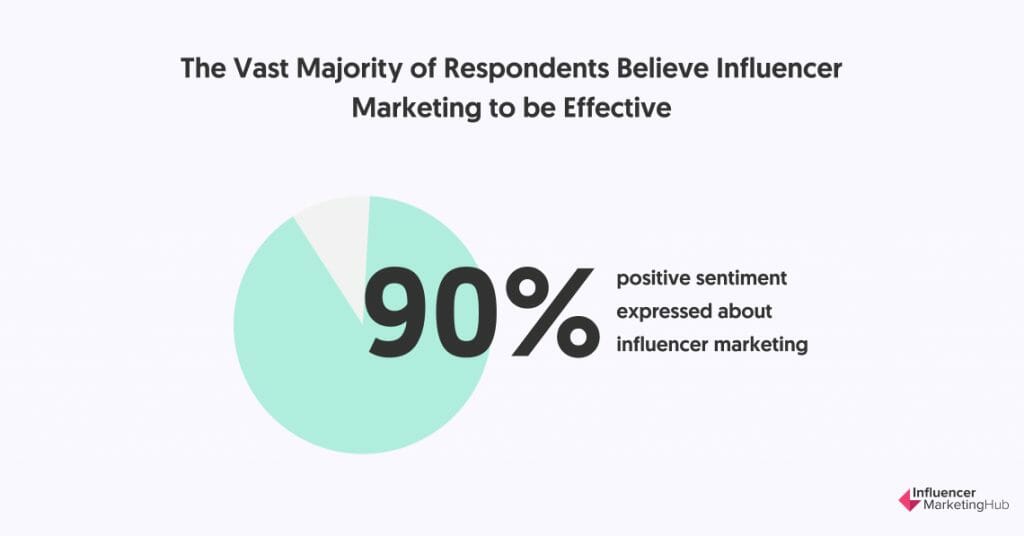Electronics Industry and Social Media Marketing Trends

Social media is no longer a mere medium to build personal connections. From a platform to connect with our loved ones, it has become a primary source of information on the world, people, products, brands, etc.
About 61.4% of the total global population and 32.8% of the Indian population use social media for an average of 2 hours and 24 minutes a day. It presents endless opportunities for brands to use social media platforms to market their products. This is especially true for the electronics market.
Statistics reveal that among users spending over 13.5 hours weekly on social media, about 65% check these platforms[1] before buying consumer electrical goods. For this reason, staying on top of the latest social media marketing trends can help businesses reach customers.
Growth Jockey has been closely monitoring trends shaping the social media space.
Emerging Social Media Marketing Trends for Electronic Industry
When competing with or on e-commerce giants like Amazon and Flipkart, posting relevant content that resonates can deliver tremendous results. These platforms list thousands of products but don't have a strong emotional or social connection with the audience.
This is where top social media trends can fuel your strategies with current insights and appeal. So, let’s look at these top trends that are useful for the electronic industry in India.
Social Media Became Top Contributor in the Advertising World
Social media ad spending is soaring. Brands spent over $173 billion in 2022[2] on social media ads. Reports suggest this number could reach over $268 billion in 2023.
Additionally, a report showed that 28% of users discover new products and brands via social media ads, compared to 27% through search engines or TV.
In fact, 74% of businesses agree that social media ads effectively attract an audience. An ad with the right campaign, ad creatives, and audience targeting can result in positive returns and revenue for your business.
In one successful example of social media ads and targeting, LG’s Facebook Messenger campaign[3] helped increase purchase intent by 4.3x. It involved running a fun and interactive ad campaign asking people to show off their laundry failures.
Social Media Emerged as an Effective PR Tool
Social media is the perfect channel for maintaining Public Relations (PR). Being one of the most widely used channels, it allows brands to build and maintain trust in the name and their products. Moreover, 69% of consumers expect a response within the same day.

So, the consumer electronics industry and companies can use it to monitor negative sentiments around their brand name.
Brands can use social listening not just as a consumer research strategy but to avoid bad PR. For this, businesses can address a crisis or bad reviews and bring transparency. Further, they can take the necessary steps to solve the issue and provide a resolution.
Fitbit, a leading consumer electronics and fitness company, is a great example of social listening done right. They keep track of everything customers say about them online to find ideas and issues and bring the most suitable solutions.
Fitbit’s “Reminders to Move” feature results from customer feedback and requests.
Fitbit realised that many users find it difficult to track their health routines. They wish for an app feature to remind them to act and move using alerts. As a result, they launched a new feature that does exactly that.
Influencer Marketing Has a Big Impact on What People Buy
While influencer marketing isn’t new, it’s still one of the most effective marketing tools. According to a survey, it is considered an effective form of marketing.

Influencers can have a massive following, giving them the power to create ripples with their views and preferences. As a result, they can help brands reach their target audience, boosting brand visibility. Using this marketing approach, content creators can –
-
Help connect consumers with brands that encourage individuality and self-expression
-
Collaborate with brand to amplify a campaign’s reach and impact
-
Drive social media engagement and awareness using creative and engaging content
Companies can use a social media influencer, like a celebrity, and mega, nano, or micro-influencers, based on their campaign needs and goals.
For instance, boAt, a well-known Indian consumer electronics brand, launched the campaign #FloatsYourboAt in 2023. It featured their brand ambassador, Kiara Advani.
The campaign helped the brand get one million engagements on social media.
User-Generated Content Gained More Popularity
Growth Jockey experts suggest that user-generated content (UGC) can benefit the consumer electronics industry. UGC refers to original content created by individuals around your business or products.
UGC involves existing consumer posts such as reviews, product comparisons, or how-to videos. It is a form of word-of-mouth marketing for social media apps.
UGC can help brands in many ways –
-
Helping brands build trust and brand loyalty
-
Offering authentic social proof, endorsing the quality, benefits, and features of a product or brand
-
Creating high engagement, increasing actions or purchases
A great example of UGC content is GoPro, hosting the GoPro Million Dollar Challenge and the GoPro Awards.
GoPro, a leading consumer electronics brand and action camera maker, has a vast user base. The brand encourages users to include the #GoPro hashtag for the roughly 6,000 GoPro user-posted videos online daily. Plus, ‘GoProing’ is a popular Twitter hashtag for people using their action camera.
Rise of Augmented Reality
Augmented Reality (AR) is another top trend set to revolutionise social media marketing in the future. With in-store AR integrations, the social media apps aim to help brands bring their product experiences to life.
Many social media platforms like Snapchat and Instagram already provide AR filters and effects for users. The purpose of these features is to create interactive and immersive experiences.
Information technology and electronics industry marketers can use AR to show their products to consumers. They offer virtual try-ons and demos to create unique branded experiences, improve engagement, and increase conversions.
Parting Words
The electronics manufacturing industry, especially consumer electronics, consistently ranked top-selling products online for several years. Reports suggest that the Indian electronic manufacturing industry aims to reach $300 billion by 2025[4].
Following the above social media marketing trends, they can use this vast growth opportunity to their advantage. Using these trends in marketing can help brands build deeper connections, improve engagement and stay relevant.
Aspire to take your electronics brand to new heights? Growth Jockey is your go-to partner for personalised solutions that align with the unique challenges of the consumer electronics industry.
Contact Growth Jockey to drive your social media presence beyond bounds.
FAQs
How can businesses use augmented reality in social media marketing?
Businesses can use AR filters and effects for their social media marketing campaigns. With AR, brands can offer users an immersive and interactive experience, increasing engagement. It can include:
-
Scannable QR codes to print ads displaying 3D product models or videos.
-
Printing AR triggers on packages to reveal more details, instructions, or animations.
-
Include interactive maps, 3D graphics, or quizzes to engage readers as they flip through the brochure’s pages.
-
Send direct marketing emails that include 3D product views, virtual try-ons, or personalised video messages using AR.
Growth Jockey is a leader in the social media marketing space. With extensive expertise, we help electronic brands find the right social media marketing strategy to increase brand awareness.
Who are micro and nano influencers?
Creators with 10,000 - 100,000 followers fall into the category of micro-influencers. A nano-influencer is someone with less than 10,000 followers. These influencers often have a small but highly engaged and loyal following.
Brands associate with these creators because they are authentic and relatable to their niche audience. As a result, working with these influencers allows brands to tap into their target market and drive higher conversion rates.
Which social media platform is best for marketing?
A single social media platform is not best for all businesses. For instance, it’s not wise to say that your business should focus on Facebook more than any other platform.
Essentially, Facebook is extremely popular and helpful for brand promotion. But, it may not be right for every type of brand, as the platform may not represent your target audience.
The demographics can make all the difference. For instance, while young social media users may have Facebook profiles, they’re more active on Instagram or TikTok. So, if you’re selling a product targeting the younger generation, focusing on Facebook engagement may not bring the desired results.








